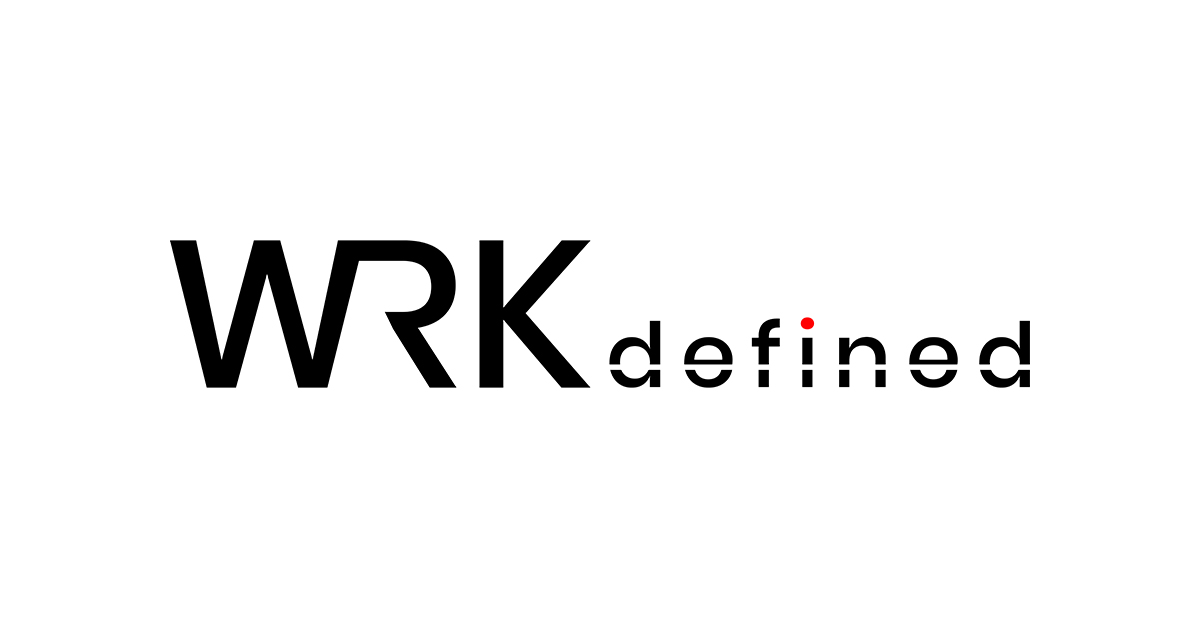Right now, work life is mirroring our culture and, in some instances, even exaggerating it. Out in the “real world” our culture demands more transparency, accountability and consequences when people intentionally or unintentionally harm others. Increasingly, those demands come to work with our employees and impact the way we’re expected to operate our businesses every single day.
A recent sign that transparency is on the rise is the new Ending Forced Arbitration of Sexual Assault and Sexual Harassment Act of 2021. The Act means that forced arbitration is gone and organizations can no longer hide bad behavior behind it. Walking back the most punitive parts of the original forced arbitration legislation, the Act frees victims to retroactively sue even if they previously agreed to arbitrate or waived the right to file a lawsuit. I breakdown more about this here. 
It’s clear that employees expect proactive transparency around everything from pay equity data, to investor and donor data. It’s now also clear that they are paying close attention to how well an organization’s stated values align with their actions. When they don’t align, transparency looks like an act and feels like a lie.
According to a recent study by Workforce Mindset, less than half of U.S. employees feel proud of how their organization responded during demonstrations in 2020. 51% of employees said that while their employer communicated about inclusion and diversity, in reality they failed to really take action. This kind of misalignment destroys trust.
Besides destroying trust, misalignments bring real world consequences – one of which is poor retention. According to the most recent Pew Research Center data, Americans who quit a job in 2021 say low pay (63%), no opportunities for advancement (63%) and feeling disrespected at work (57%) were reasons why they quit, with at least a third saying each of these were major reasons why they left.
Set the tone for proactive transparency or have it set for you
Business leaders have a choice to make. Either set the tone for transparency or wait for employees to set it for you. One very crucial way to do that is by reporting ER investigations outcomes. Unfortunately, too many organizations aren’t doing so.
In our Sixth Annual Employee Relations Benchmark Study, the percentage of organizations sharing aggregated, anonymous ER data with employees dropped from 29% pre-COVID to 17%. Of those that do share this data, only half share it once a year.
Why does this matter? Transparency drives accountability and builds trust by showing employees that issues and allegations are taken seriously. When employees understand the process and see consistency, they feel better about the outcome even if they don’t like it.
Here are three metrics your ER team should benchmark and share with your workforce to raise the bar on transparency and help your leadership walk the talk.
Metric One: Case Volumes
This metric gives you a clear snapshot of whether case volume is trending up or down. Sharing this number lets employees know where the organization stands and whether it’s following through and/or making progress in addressing prior issues. When you can show employees that you are trending in the right direction, you can strengthen optimism and boost cultural positivity.
Metric Two: Substantiation Rate
This metric communicates to employees the reality around how issues are being addressed. When an issue is substantiated, it triggers consequences or remediation. Your ability to report on this is a clear signal back to employees that your organization is delivering on its commitment to address issues and live out its values. This metric also sends the not so subtle message that misconduct won’t be tolerated.
Metric Three: ER Net Promoter Score (ERNPS)
This metric is to ER what NPS is to customer service. It measures your team’s effectiveness and also employee satisfaction with how you perform against stated policies and processes. By asking directly for feedback, your ER team validates your employees’ desire to be heard. It’s a clear, confident way to show employees your commitment to consistent, equitable processes.
As work culture demands more transparency, accountability and consequences, getting proactive about transparency is just good business. Thankfully, ER teams have more access to data than ever before not only to prove their organizations take issues seriously, but also to show employees that the policies and processes in place to protect them are working.
Want to learn more about current ER trends and metrics? Download our Sixth Annual Employee Relations Benchmark Study.
Additional Resources




